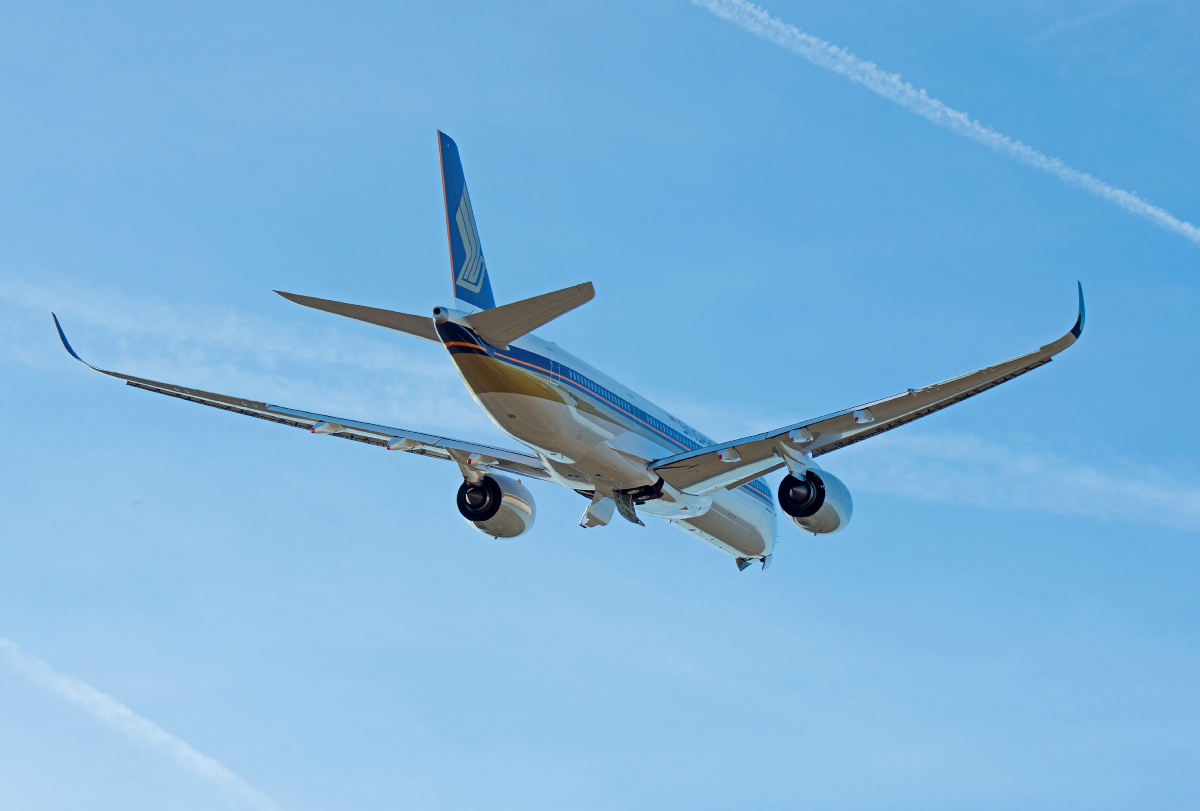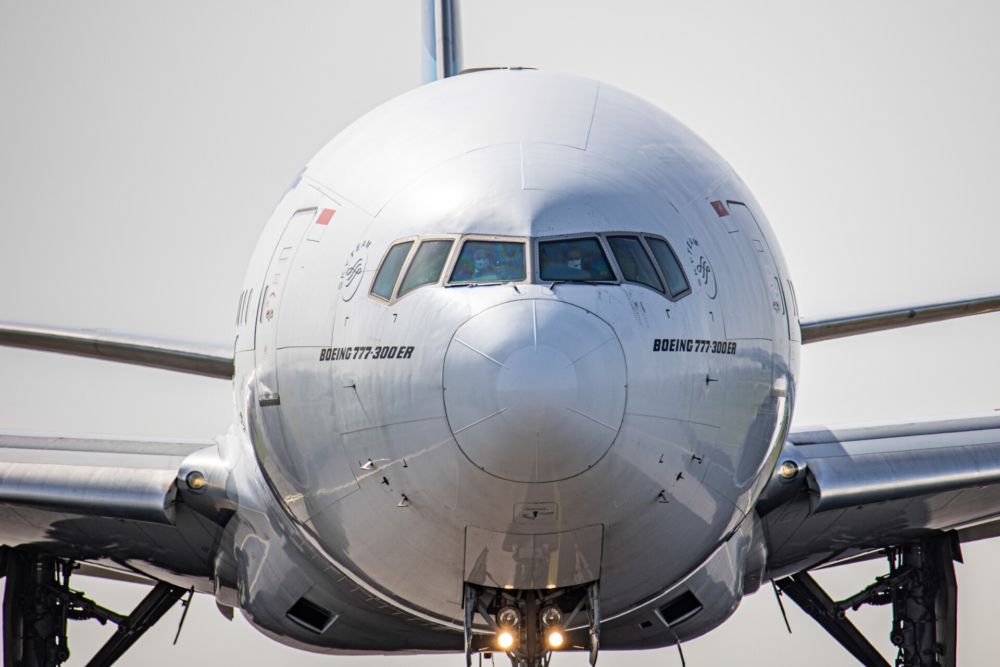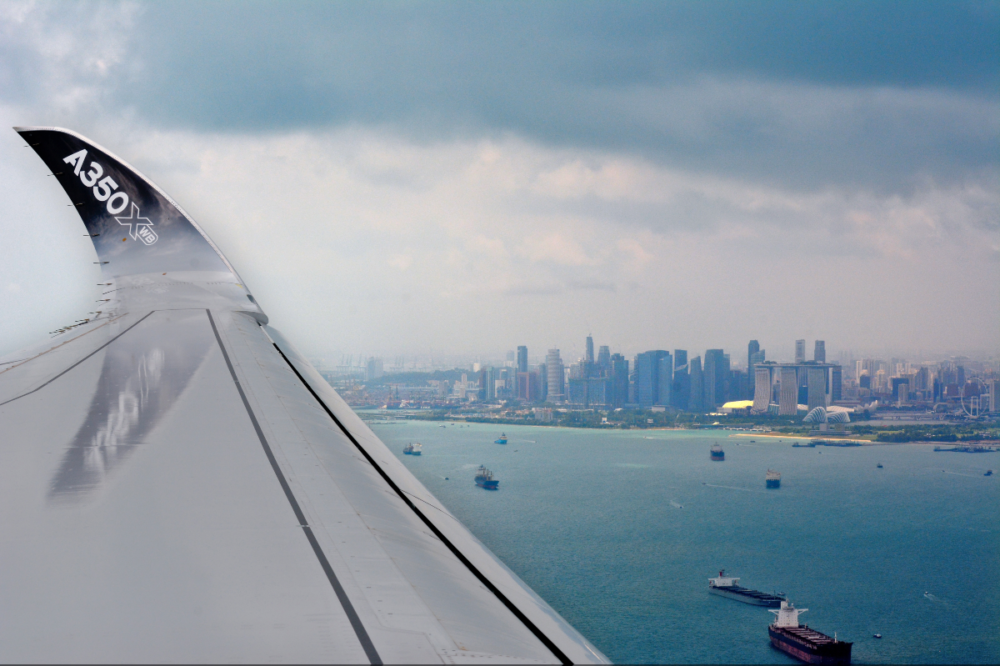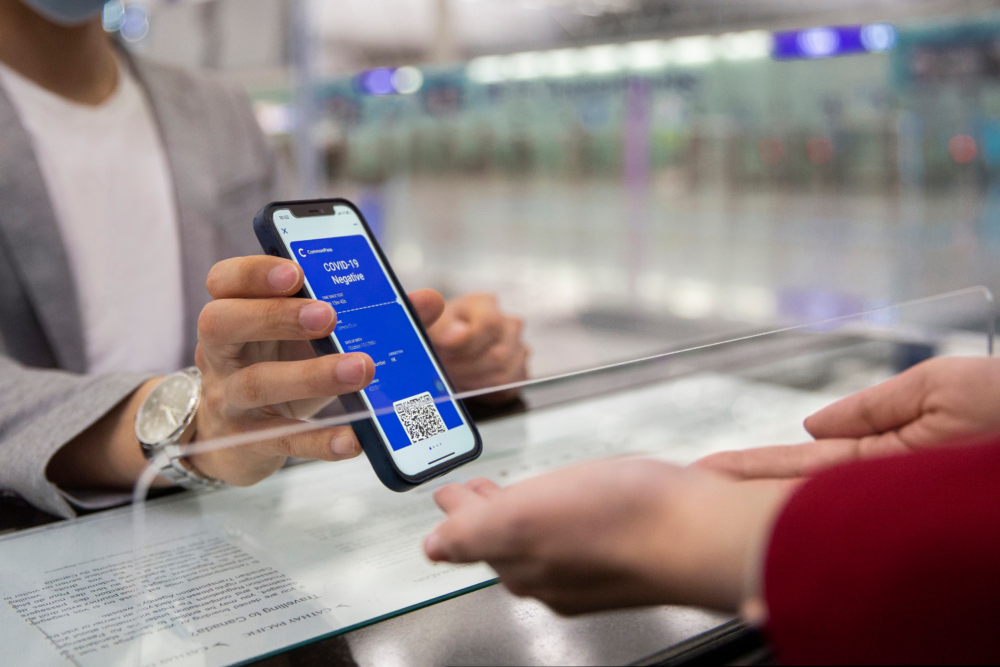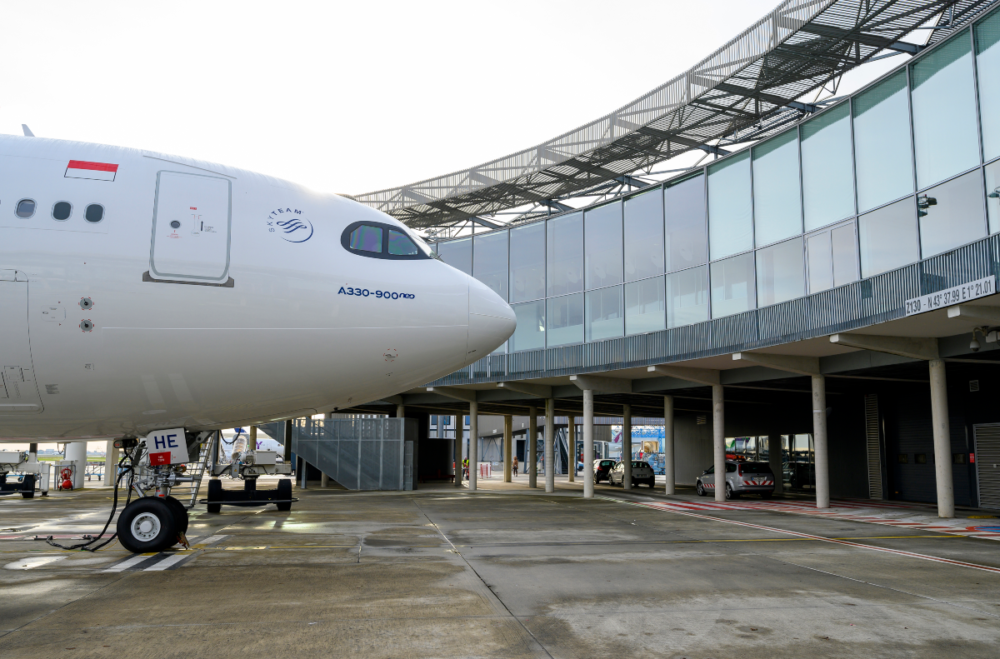Asia-Pacific travelers may be quietly confident flying will return to pre-pandemic levels over the next couple of years, but will the Omicron variant put a dent in this confidence? Another round of global jitters potentially undermines a slowly growing confidence in airlines in the region getting back to pre-pandemic flying levels.
Confidence was quietly building about airline activity in the Asia- Pacific region
The situation is changing fast, but airlines are canceling flights from hotspot countries, and some countries are moving to resurrect quarantine and close borders. The Omicron variant may be a two-week blip or shape up as something worse. It could also undermine plans by many people to get moving again in 2022.
Nowhere is this more so than the Asia-Pacific region, where the latest data collated by the Association of Asia-Pacific Airlines reveals only 1.2 million international passengers traveled on the region’s carriers in October, 3.9% of the 31 million passengers recorded in the same month of 2019.
AAPA Director General Subhas Menon said flying in the region remained extremely challenging but did welcome the gradual reopening of borders by many governments in the area.
"Whilst the rest of the world has started moving, and there is a recovery underway (in relative terms). Around May or June this year, every other regional market began to grow. Yet, the Southeast Asia and Southwest Pacific regions continue to fall further behind," said Midas Aviation Partner John Grant recently.
Before the pandemic, Southeast Asia was expected to be one of the fastest-growing aviation markets globally. New aircraft were on order, and big aviation infrastructure builds were underway. But the region has been slow to respond to the challenges thrown up by the pandemic and travel downturn.
However, until the recent Omicron outbreak, there was a quiet but growing confidence governments in the region were starting to get their act together, and airlines across Asia-Pacific could start filling their planes again.
Border entry rules were easing, but will they continue easing?
Recent research by the Collinson Group confirms this recovery lag between the Asia-Pacific region and the rest of the world is, in some part, fuelled by a lack of passenger confidence. But the same research found passenger confidence is (or was) on the uptick.
Some 37% of C-Suite and senior managerial level travel industry experts Collinson spoke to in the region expect a full recovery to 2019 pre-pandemic levels in 2023 - an increase on the number expecting a 2023 recovery when asked earlier this year.
But is a fragile optimism and hinges on factors like borders reopening, the phasing out of quarantine, and the passenger's psychological willingness to travel. These are the very things a significant Omicron outbreak threatens.
According to Collinson, an increasing number (43%) of industry insiders now expect border re-opening arrangements by governments in the Asia-Pacific region to ease or substantially ease in 2022, while 32% of those insiders still expect border reopening arrangements by governments to evolve at different rates in 2022.
We see that come into play in various countries throughout the region. Thailand has reopened to vaccinated travelers from 63 countries. Australia is now allowing its fully vaccinated citizens to leave and enter the country. Singapore is rolling out if vaccinated travel lane program. But already, all three countries have closed their borders or significantly tightened entry rules for travelers coming from Omicron hotspots, citizens, or otherwise.
Learning to live with the demand of the pandemic
But the Collinson research also revealed a willingness to learn to live with the extra demands the pandemic puts on traveling. That could potentially give the airline industry a leg up when it comes to dealing with Omicron.
Over half the people (54%) Collinson spoke to believe significant COVID-19 testing will be part of the flying experience until at least the end of next year. A further 26% believe testing will stay in place until the end of 2023.
Most people see testing as a trade-off - a test to reduce or avoid quarantine. Governments, airports, airlines, and industry stakeholders in the Asia-Pacific region and worldwide are getting better at the testing process and integrating it into the travel experience.
The willingness of passengers to accept testing and the processes already in place may help provide some insulation against the potential impact of Omicron.
Most travelers now accept digital health passports are now part of the international flying landscape. Around 40% of the industry experts Collinson spoke to think quarantine in one form or another will have a role to play in travel for the foreseeable future.
But roughly an equal number believed (before the Omicron scare) that quarantine will have largely disappeared by the end of 2021. Based on the changes in the last few days alone, that looks unlikely to happen.
Most people are willing to travel if they believe it is safe to do so
One of the interesting points the Collinson research canvassed was the traveler's state of mind. From a health perspective, do potential passengers consider flying to be safe? Most believe it is if everyone sticks to simple rules like wearing masks.
But a minority disagree. Insiders considering travel as simply unsafe has doubled - from 4% in April 2021 to 10% in September 2021.
"This is indicative of the opportunity to reassure, educate and communicate to passengers how safety remains the utmost priority, particularly as more travelers take to the skies," the Collinson research notes.
Across Asia-Pacific specifically, just 24% of the people Collison spoke to see short-haul corporate travel recovering to more than 61% of 2019 levels next year. 30% believe that the region won’t even reach 20% of 2019 levels next year.
Can the Asia-Pacific flying environment get any worse?
In particular, long-haul business travel remains the furthest from reach. Recovery to 2019 levels is expected to take longer than any of the other segments, with respondents becoming less confident in the timescale of segment recovery. This is primarily due to travel restrictions remaining imposed far longer than previously anticipated. It's a fragile recovery scenario and one that's broadly in line with what John Grant expects.
Grant warns against putting too much value in any sudden spikes in demand, saying short-term factors often fuel them. He says that can lead to an overly optimistic picture of what recovery in the Asia-Pacific region will be like. Beyond short term spikes caused by sudden border reopenings and the like, Grant thinks overall international and domestic passenger demand across the Asia-Pacific will stay soft for a little while yet.
Along with the Collinson research, those comments were made before Omicron reared its head. What the latest variant does to any fledging demand across the region remains to be seen. But if you think the state of aviation across the Asia-Pacific region can't get any worse, you might soon find out that it can.

